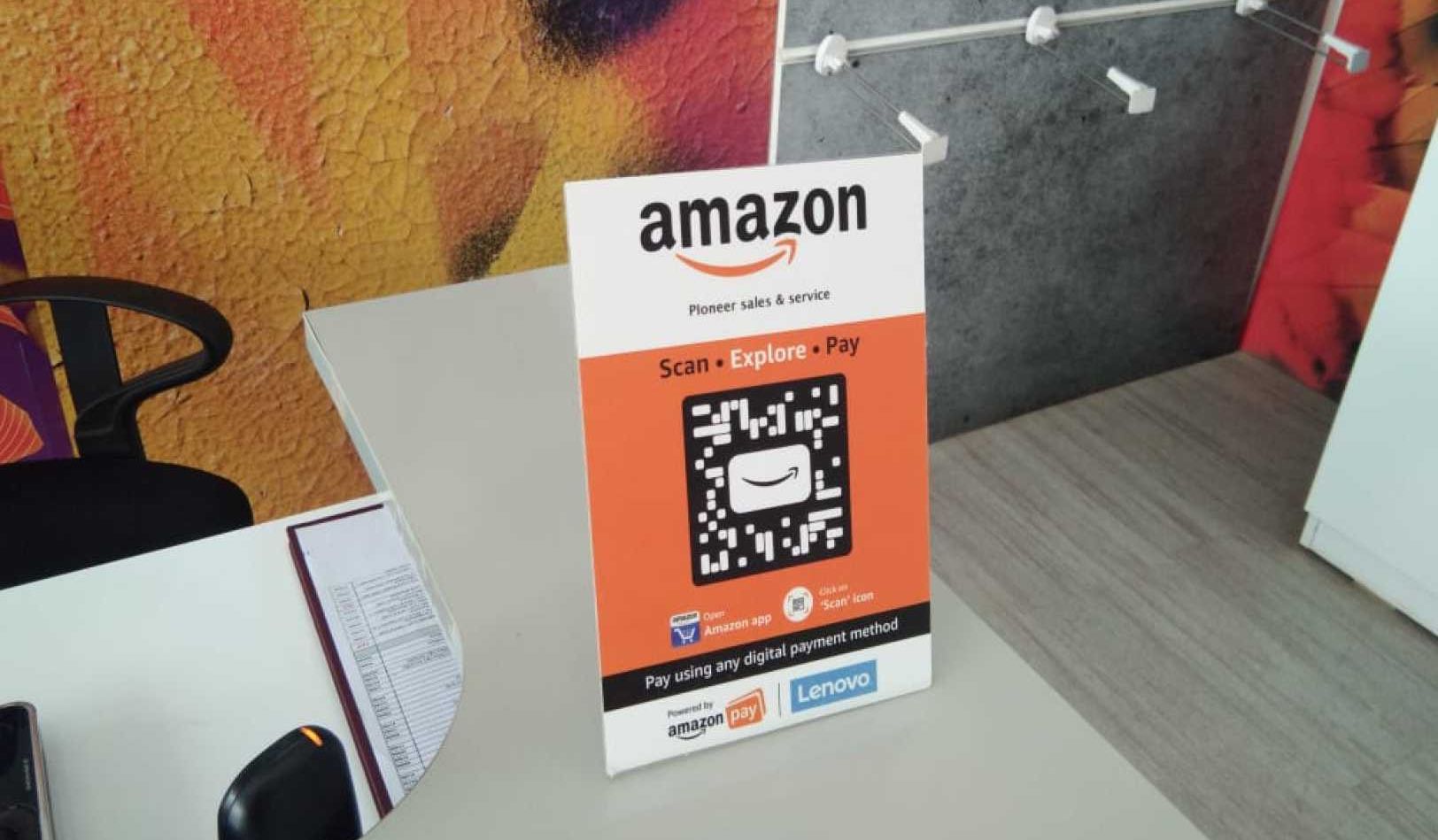Ford rolled out all the stops Thursday evening for the reveal of its all-new F-150 truck, right down to the splashy videos dominated by electric guitar riffs. Heck, the automaker even cast the sharp-tongued Denis Leary as its MC.
Of course, none of that really matters. It’s all about what Ford has done to improve the most important and profitable vehicle in its lineup. It’s been six years since the last redesign. This all-new F-150 offers kind of performance and abundance options that Ford truck owners have come to expect. Ford is offering 11 different grille options, for instance.
But what stands out this time is the tech as well as a push beyond mild hybrids into the realm of a full hybrid powertrain.
Here’s all the technology in the new F-150, starting with the interior and specifically the infotainment system.
Control center
The base XL version of the truck will come standard with an 8-inch center touchscreen display. However, on higher trims — XLT and above — the F-150 will have a 12-screen that can be split so that users can control multiple functions simultaneously, including navigation, music or truck features.

Image Credits:
Connectivity and OTAs
Who cares if the display is big if it doesn’t have the underlying connectivity to support a host of features? The important aspect to note is the F-150 has a new SYNC 4 system and embedded 4G LTE modem, which can provide Wi Fi access for up to 10 devices. SYNC 4, which has twice the computing power or the previous generation, is going to be standard in all models of the F-150 and will feature natural voice control and real-time mapping. The requisite on-demand audio content offered via SiriusXM will also be available.
The system will also wirelessly connect a smartphone to Apple CarPlay or Android Auto.
The critical new piece here is that system, which was built within Ford instead of outsourced, can support over-the-air software updates. That means the system roll out upgrades to the vehicle such as adding or improving driver assistance features and keeping maps up to date. SYNC 4 will offer third-party apps through its AppLink system, including Waze and a version of Amazon’s Alexa called Ford+Alexa.
Office, bed or dining room?
Ford is clearly aiming for people who spend a lot of time working out of their truck. The new F-150 will come with an optional work surface in the center console area. The surface is designed to be used as a convenient place to sign documents, set up a laptop up to 15-inches in size or park that sandwich. The nifty part is that Ford managed to keep the console shifter. The driver hits the button, it folds into a compartment and makes room for the laptop work area.

Image Credits: Ford
Out on the tailgate is another work surface that includes integrated rulers, a mobile device holder, cupholder and pencil holder.

Image Credits: Ford
Back inside the cab are the sleeper seats, which got a bit of coverage before the big reveal. These “max recline” seats are available in the higher end models like King Ranch, Platinum and Limited and do as advertised: fold flat to nearly 180 degrees.
Hybrid system
Ford is offering its “PowerBoost” system, which refers to the full hybrid powertrain, on trim levels from the F-150 XL to the Limited. The system combines Ford’s 3.5-liter V6 engine and 10-speed transmission with a 35-kilowatt electric motor. This electric motor will use regenerative braking energy capture to help recharge the 1.5-kilowatt-hour lithium-ion battery, which is located underneath the truck..
Ford said it’s targeting an EPA-estimated range of about 700 miles on a single tank of gas and will deliver at least 12,000 pounds of available maximum towing.
Power
The truck will also offer an onboard generator called Pro Power Onboard. The feature is available with a 2.0-kilowatt output on optional gas engines. The hybrid F-150 will come standard with 2.4 kilowatts of output or an
optional 7.2 kilowatts of output.
Owners can access this power source through outlets located in the cabin as well as up to four 120-volt 20-amp outlets in the cargo. The 7.2 kw power option will include a 240-volt 30-amp outlet. The system will allow for the batteries on tool to charge while the vehicle is moving.
Assistants everywhere
There are so many in here, it’s hard to keep them straight. The driver assistance features are part of Ford’s branded Co-Pilot 360 2.0 system. The important details are that more of these advanced driver assistance features are standard on the base XL trim, including a pre-collision assist with automatic emergency braking and pedestrian detection, rearview camera with dynamic hitch assist and auto high-beam headlamps and auto
on/off headlamps.
Ford has added (checks notes) 10 new driver-assist features. The most notable one is Active Drive Assist, the hands-free driving feature that Ford plans to roll out via software updates to specific vehicles, including the all-electric Mustang Mach-E in the third quarter of 2021.
The hands-free feature will work on about 100,000 miles of pre-mapped, divided highways in the U.S. and Canada. The monitoring system will include an advanced infrared driver-facing camera that will track eye gaze and head position to ensure drivers are paying attention to the road. The DMS will be used in the hands-free mode and when drivers opt for lane-centering mode, which works on any road with lane lines. Drivers who don’t keep their eyes forward will be notified by visual prompts on their instrument cluster.
Then there’s “Intersection Assist,” which detects oncoming traffic while the driver is attempting a left turn, and “Active Park Assist 2.0,” which handles all steering, shifting, braking and accelerator controls during a parallel or perpendicular parking maneuver while the driver holds down a button.
Finally, there is “Trailer Reverse Guidance” and “Pro Trailer Backup Assist.” Neither are new, but they’re important features for users who haul trailers.






